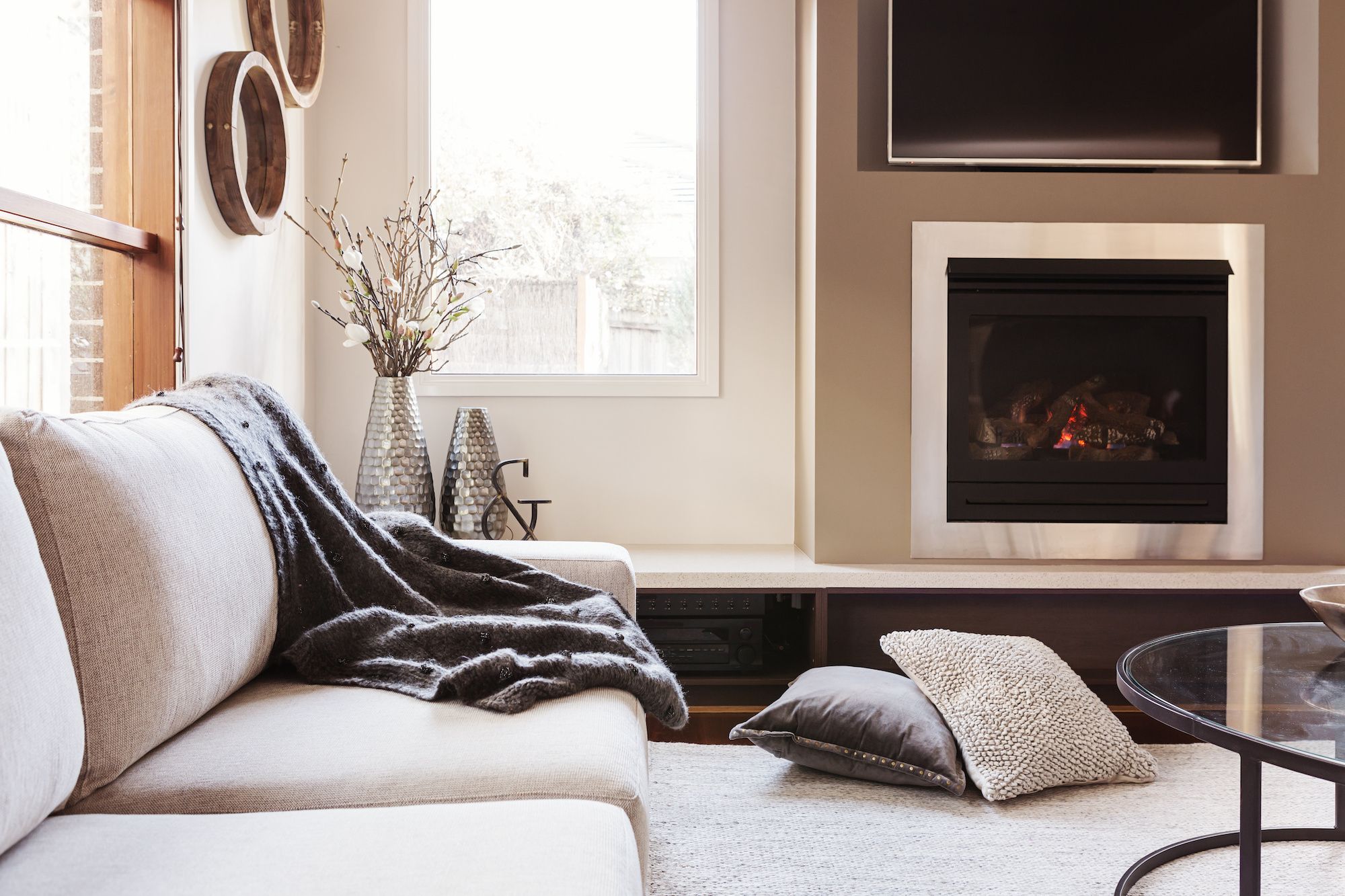Wed Jan 25 2023
How well do electric heat pumps work in colder climates?
A small headline that needs to be added to the schema

Electric heat pumps are a popular choice for heating homes and buildings in colder climates. They are highly energy-efficient and can be used as both a heating and cooling system. However, there are some limitations to their effectiveness in extremely cold temperatures.
Heat pumps work by transferring heat from one place to another. In the summer, they can remove heat from inside a building and transfer it outside, effectively cooling the space. In the winter, they can do the opposite, removing heat from the outside air or ground and transferring it inside to heat the building.
The efficiency of a heat pump is measured by its coefficient of performance (COP). The COP is the ratio of heat output to energy input. A COP of 3 means that for every unit of energy used, the heat pump will produce 3 units of heat. This is significantly more efficient than traditional electric resistance heating, which has a COP of 1.
In mild to moderate climates, heat pumps can be highly effective at heating homes and buildings. However, in extremely cold temperatures, their effectiveness decreases. This is because the heat pump has to work harder to extract heat from the cold outside air, reducing its efficiency and increasing its energy consumption.
To mitigate this, many heat pumps come equipped with an auxiliary electric resistance heating element that kicks in when temperatures drop below a certain point. This helps to maintain a comfortable temperature inside the building, but it also increases the overall energy consumption of the system.
Another limitation of heat pumps in colder climates is that they rely on an adequate amount of air flow to operate effectively. In extremely cold temperatures, the air can become so cold and dense that it is difficult for the heat pump to extract enough heat from it. This can also reduce the heat pump's efficiency and increase its energy consumption.
To overcome these limitations, homeowners in colder climates can take several steps. One is to properly size the heat pump for the size of the building and the climate. This will ensure that the system is not overworked and that it can effectively heat the space. Another is to properly maintain and service the heat pump, which will help to ensure that it is operating at peak efficiency.
Homeowners can also take steps to improve the insulation of the building, which will help to reduce the amount of heat that is lost to the outside. This will make it easier for the heat pump to heat the space, reducing its energy consumption and increasing its efficiency.
In conclusion, while electric heat pumps can be a highly effective and energy-efficient solution for heating homes and buildings in colder climates, they do have some limitations in extremely cold temperatures. With proper installation, maintenance, and insulation, however, homeowners can still enjoy the benefits of a heat pump while minimizing its energy consumption. It is important to note that in extremely cold climates, such as those in Canada, it may be necessary to supplement the heat pump with another heating source, such as a furnace, to ensure that the home or building stays warm enough during the coldest days of the year.
